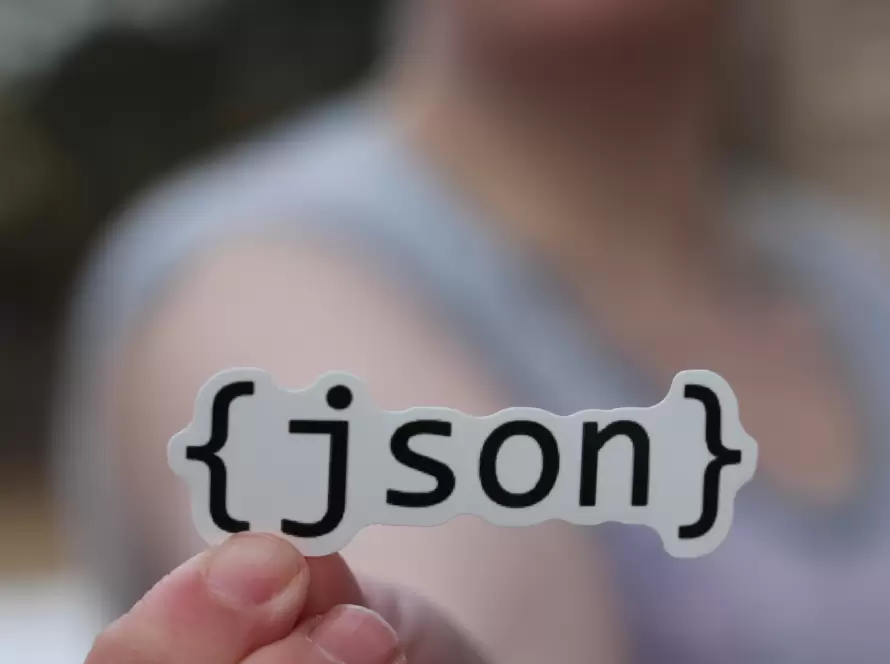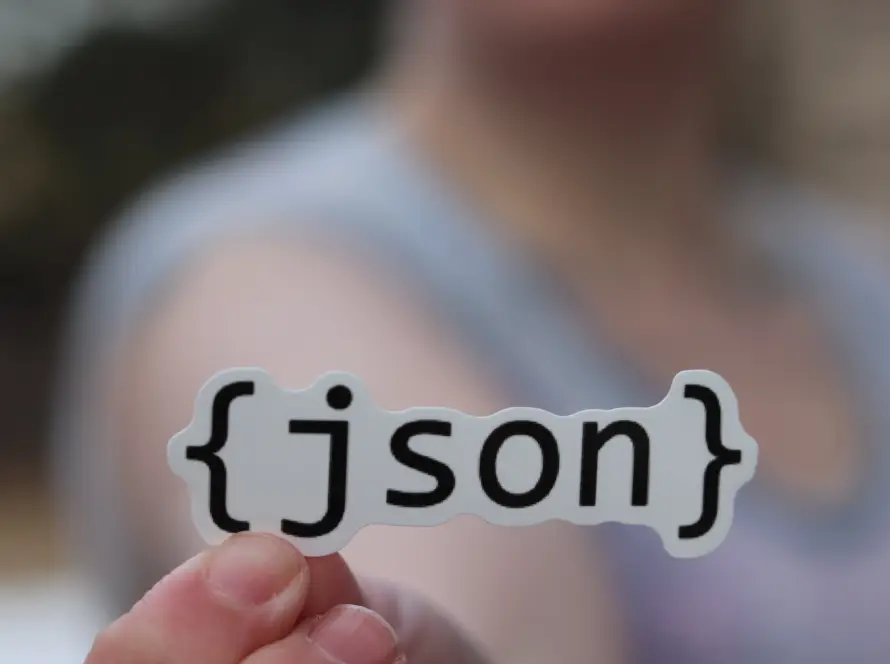Generated by Contentify AI
- Introduction
- Understanding JSON Data
- Introduction to JSON
- Accessing JSON Data
- Manipulating JSON Data
- Best Practices for Parsing JSON
- Mastering JSON Parsing in JavaScript
- Conclusion

Introduction
JSON, or JavaScript Object Notation, is a lightweight data interchange format that is easy for humans to read and write. It has become a standard for data exchange on the web and is widely used with JavaScript. Understanding JSON data involves recognizing its key-value pair structure and its similarity to JavaScript objects. Accessing JSON data in JavaScript involves using the dot notation or bracket notation to navigate through the object properties. Manipulating JSON data allows for adding, updating, and deleting properties within the object. Best practices for parsing JSON include error handling to account for unexpected data and using built-in methods like JSON.parse() and JSON.stringify(). Mastering JSON parsing in JavaScript entails becoming proficient in handling nested objects and arrays within the JSON data. By following these steps, developers can effectively parse JSON data in JavaScript for various applications.
Understanding JSON Data
Understanding JSON data is crucial for effectively working with it in JavaScript. JSON follows a key-value pair structure similar to JavaScript objects, making it intuitive for JavaScript developers to parse. Accessing JSON data involves using the dot notation or bracket notation to navigate through the object properties. Manipulating JSON data allows for adding, updating, and deleting properties within the object. Best practices for parsing JSON include error handling to account for unexpected data and utilizing built-in methods like JSON.parse() and JSON.stringify(). Mastering JSON parsing in JavaScript involves becoming proficient in handling nested objects and arrays within the JSON data, enabling developers to work with complex data structures effectively.
Introduction to JSON
JSON, or JavaScript Object Notation, is a widely used data interchange format. To effectively work with JSON data in JavaScript, it is essential to understand its structure and properties. Accessing JSON data involves using the dot notation or bracket notation to navigate through the object properties, allowing developers to retrieve specific information. Manipulating JSON data enables adding, updating, and deleting properties within the object, offering flexibility in managing data. Best practices for parsing JSON include error handling for unexpected data and leveraging built-in methods like JSON.parse() and JSON.stringify(). Mastering JSON parsing in JavaScript involves becoming proficient in handling nested objects and arrays within the JSON data, allowing for efficient data manipulation and retrieval.
Accessing JSON Data
When it comes to working with JSON data in JavaScript, understanding its structure is essential for effective manipulation. Accessing JSON data involves using the dot notation or bracket notation to navigate through the object properties, facilitating the retrieval of specific information. By mastering JSON parsing, developers can efficiently handle nested objects and arrays within the JSON data, enabling seamless data manipulation and retrieval. Additionally, best practices for parsing JSON include error handling for unexpected data and utilizing built-in methods like JSON.parse() and JSON.stringify(). This ensures that the parsing process is robust and reliable, allowing for smooth integration of JSON data within JavaScript applications.
Manipulating JSON Data
When it comes to manipulating JSON data in JavaScript, developers need to have a solid understanding of its structure and properties. Accessing JSON data involves using the dot notation or bracket notation to navigate through the object properties and retrieve specific information. By mastering JSON parsing, developers can efficiently handle nested objects and arrays within the JSON data, enabling seamless data manipulation and retrieval. Additionally, best practices for parsing JSON include error handling for unexpected data and utilizing built-in methods like JSON.parse() and JSON.stringify(). This ensures that the parsing process is robust and reliable, allowing for smooth integration of JSON data within JavaScript applications.
Best Practices for Parsing JSON
When working with JSON data in JavaScript, it is crucial to follow best practices to ensure efficient parsing. Understanding the structure of JSON and its similarity to JavaScript objects is fundamental. Accessing JSON data involves utilizing the dot notation or bracket notation to navigate through object properties, facilitating the retrieval of specific information. By mastering JSON parsing, developers can efficiently handle nested objects and arrays within the JSON data, enabling seamless data manipulation and retrieval. Additionally, error handling for unexpected data and utilizing built-in methods like JSON.parse() and JSON.stringify() are essential for robust and reliable parsing. This approach ensures smooth integration of JSON data within JavaScript applications, contributing to efficient and effective development processes.
Mastering JSON Parsing in JavaScript
To effectively manipulate JSON data in JavaScript, developers must master the intricacies of its structure and properties. Accessing JSON data involves utilizing the dot notation or bracket notation to navigate through the object properties, enabling the extraction of specific information. Moreover, becoming proficient in handling nested objects and arrays within the JSON data is paramount for seamless data manipulation and retrieval. Best practices for parsing JSON include comprehensive error handling for unexpected data and leveraging built-in methods like JSON.parse() and JSON.stringify(). By adhering to these best practices, developers can ensure the robustness and reliability of the parsing process, thereby facilitating smooth integration of JSON data within JavaScript applications.
Conclusion
After gaining an understanding of JSON‘s structure and properties, developers can then access the data using dot or bracket notation, allowing for specific information retrieval. Mastering JSON parsing involves navigating through nested objects and arrays within the data, facilitating efficient data manipulation and extraction. It is essential to adhere to best practices when parsing JSON, including thorough error handling for unexpected data and utilizing built-in methods like JSON.parse() and JSON.stringify(). By following these guidelines, developers can ensure the reliability and robustness of the parsing process, enabling seamless integration of JSON data within JavaScript applications. This comprehensive approach to handling JSON data in JavaScript contributes to efficient and effective development processes.



